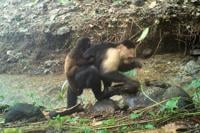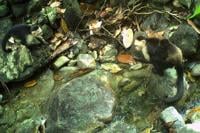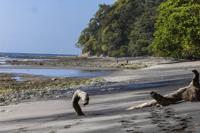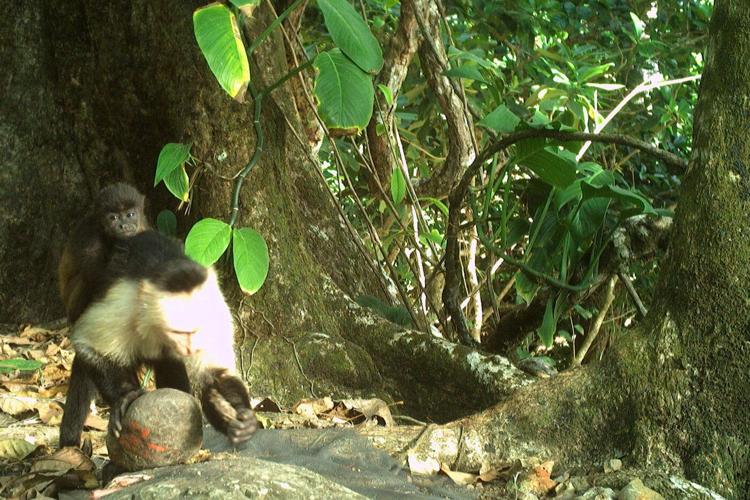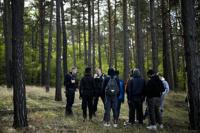WASHINGTON (AP) — A baby howler monkey clung to the back of an older male monkey, its tiny fingers grasping fur. But they're not related and not even the same species.
Scientists spotted surprising evidence of what they describe as monkey kidnappings while reviewing video footage from a small island . The were seen carrying at least 11 howler babies between 2022 and 2023.
“This was very much a shocking finding,” said Zoë Goldsborough, a behavioral ecologist at the Max Planck Institute of Animal Behavior in Germany. “We’ve not seen anything like this in the animal kingdom."
The monkeys' motivations remain under investigation. Capuchins are house cat-size monkeys found in South America and Central America. They are long-lived, clever and learn new behaviors from each other. One group of capuchins in Panama has even learned to use stone tools to crack open nuts and seafood.
Goldsborough and other researchers at Max Planck and the Smithsonian Tropical Research Institute had set up more than 80 cameras to study capuchin tool use, but were surprised to see the first howler babies appear in early 2022.
The footage showed the capuchins walking and pounding their stone tools with baby howlers on their backs. But cameras did not capture the moments of abduction, which scientists said likely happened up in the trees, where howlers spend most of their time.
“Our window into this story is constrained,” said co-author Margaret Crofoot of Max Planck and the Smithsonian. The findings were published Monday in the journal
In most or all cases, the baby howlers died, researchers said. Infant howler monkeys would normally be carried by their mothers while still nursing. All the babies in the video -- from a few weeks to a few months in age -- were too young to be weaned.
“A hopeful part of me wants to believe some escaped and went back to their mothers, but we don’t know," said Crofoot.
The videos recorded a few instances of young capuchin males still carrying howler babies that had died, likely from starvation. Many animals -- from gorillas to -- have been observed carrying their own dead offspring, though scientists aren’t sure the reasons.
Why did the capuchin males do it? There were no signs of deliberate aggression toward the babies and they weren’t eaten, ruling out predation.
“We’ve all spent hours wracking our brains why they would do this,” said Goldsborough.
The first baby-snatcher may have had a confused “caring motivation,” or parental instinct, because he showed gentleness interacting with the infants, she said. Then four other males copied his actions.
The researchers said they don't believe the capuchins harmed the babies on purpose. So far, only one group of capuchins has been known to kidnap.
The research shows the “remarkable behavioral variation across social groups of the same species,” said Catherine Crockford, a primatologist at the CNRS Institute for Cognitive Sciences in France, who was not involved in the study.
___
The Associated Press Health and Science Department receives support from the Howard Hughes Medical Institute’s Science and Educational Media Group and the Robert Wood Johnson Foundation. The AP is solely responsible for all content.


